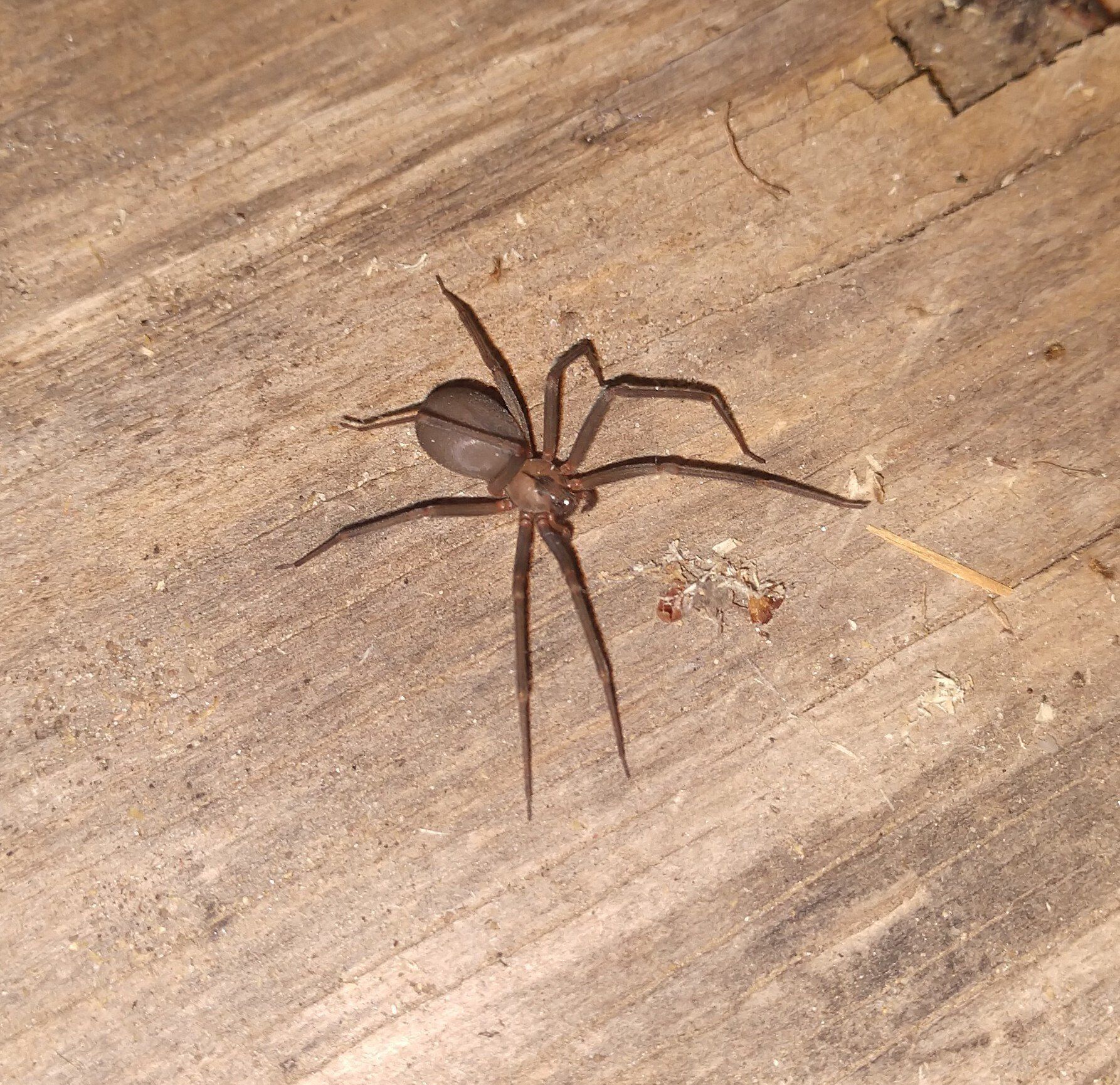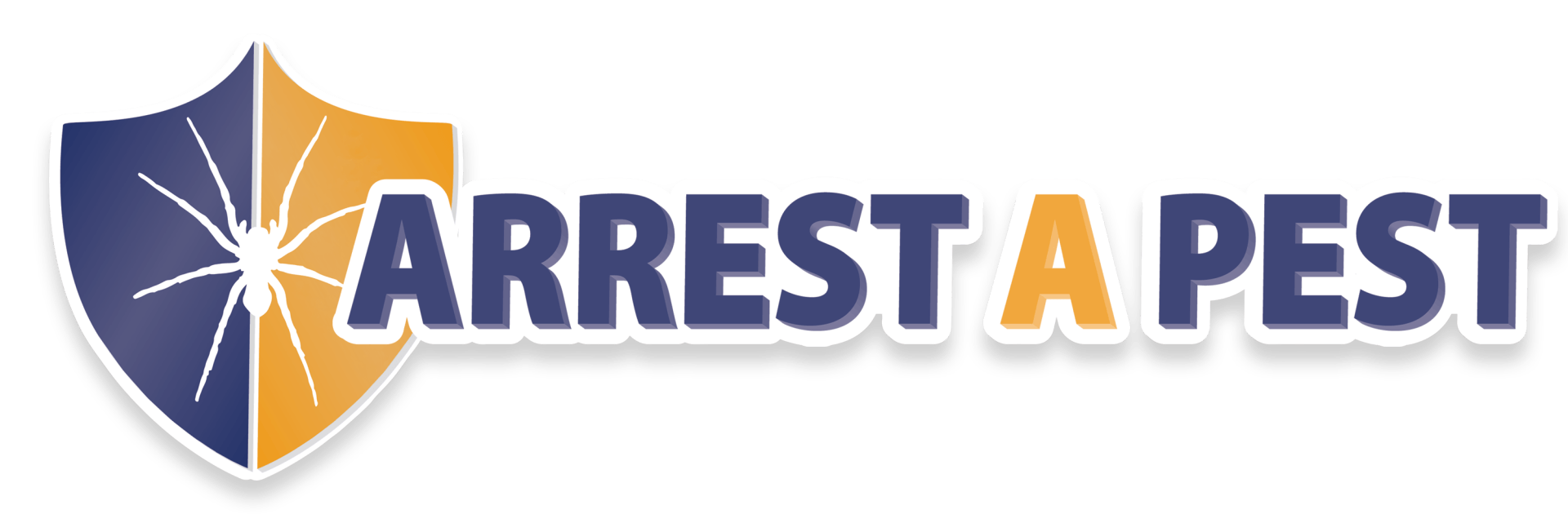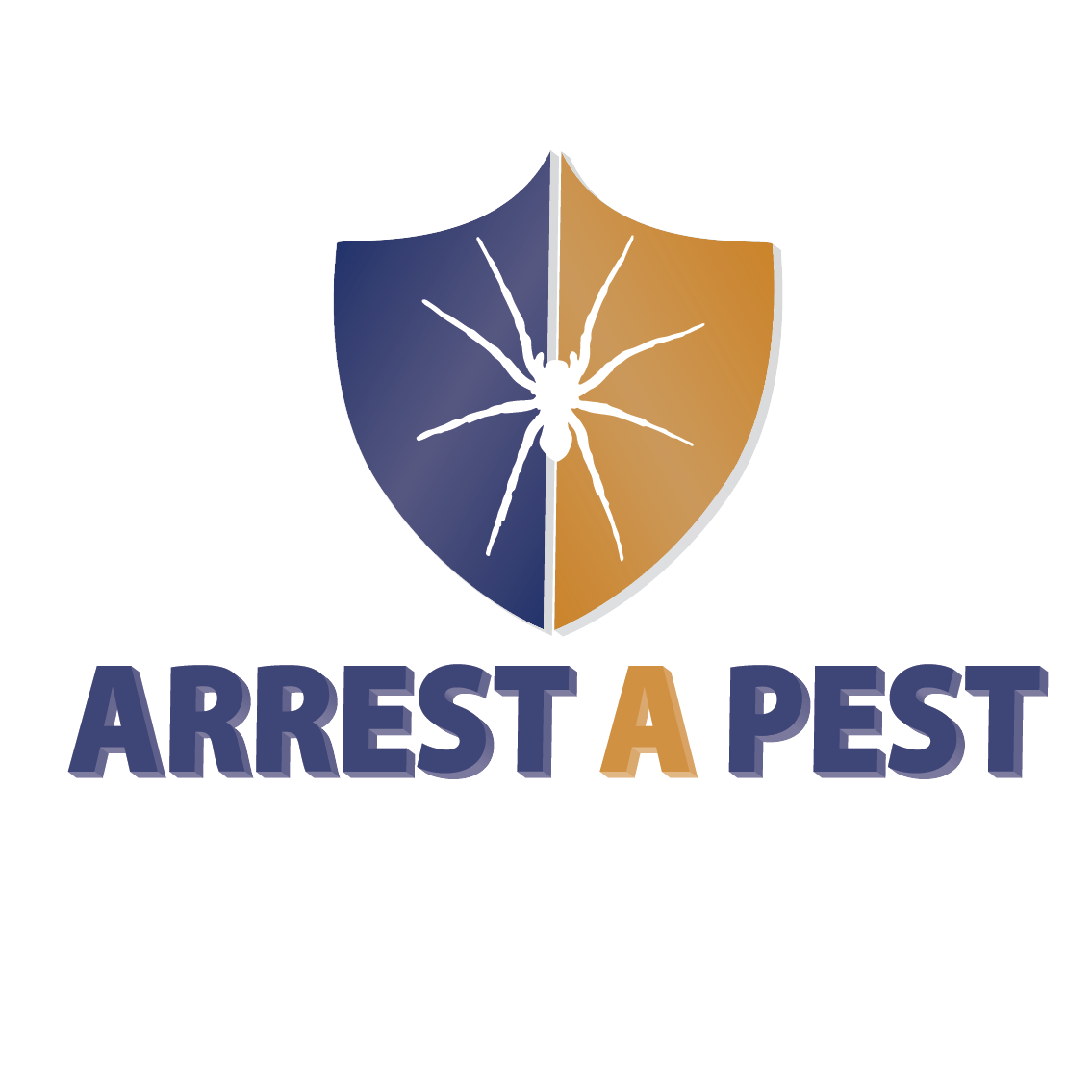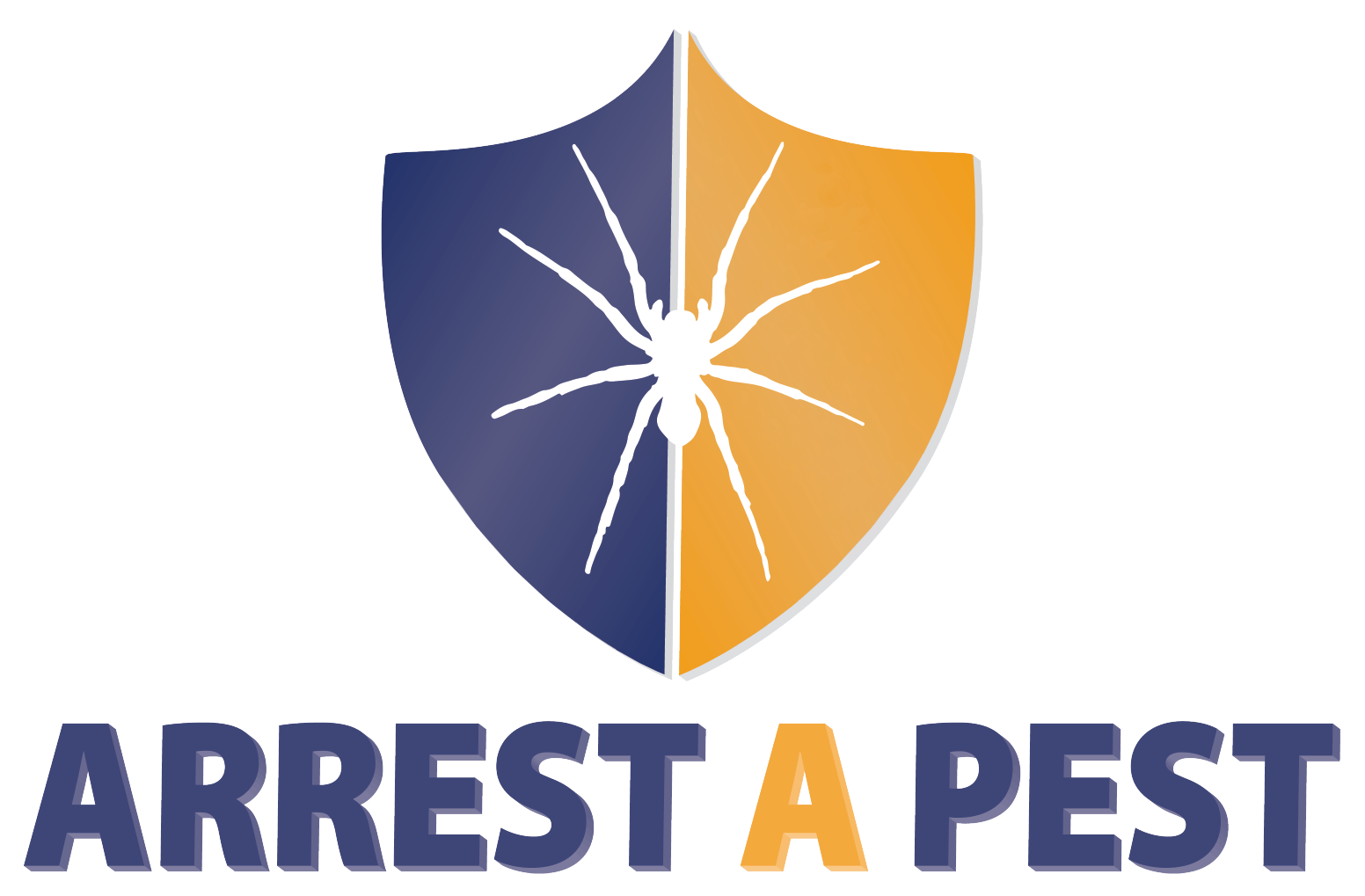Brown Recluses range in color from light tan to dark brown. They have solid colored legs, and usually have a mostly solid colored behind, or abdomen, with darker markings on their cephalothorax, or body. Brown Recluse Spiders come in a variety of sizes, and they can grow to have an overall length of 2” or more.
Brown Recluse Spider Problem?
Fill out the form or call our office for a free Brown Recluse Spider inspection and estimate!
Spider Inspection
We will get back to you as soon as possible
Please try again later
Have A Brown Recluse Problem?
Get Started
We will get back to you as soon as possible
Please try again later
What Can Be Done For Brown Recluse Spiders?
What Can Be Done For Brown Recluse Spiders?
What do Brown Recluse Spiders look like?

Where do Brown Recluse Spiders live?
When minding their own business outside and away from people, spiders aren’t a problem. They’re actually beneficial to the environment and can help control insect population. But when spiders invade homes and living spaces, that’s when they become a pest. Brown recluse spiders will live in homes and garages, behind boards, in and around boxes, and in attics and basements. Outdoors, you can find them in sheltered nooks and crannies of buildings or outdoor furniture, in piles of bricks, cinder blocks, or wood, and around organic debris.
Common Questions About Brown Recluse Spiders
-
When am I most likely to see brown recluse spiders?
You are most likely to spot Brown Recluse spiders at night, since that’s when they go hunting for food. That doesn’t mean that you won’t see them during the day, especially if you disturb their hiding place.
-
Do brown recluse spiders make webs?
Do brown recluse spiders make webs?
They do make webs, but the webs that a Brown Recluse spider spins aren’t large or pretty, like those of garden spiders. Their webs can be found in corners, along walls and ceilings, and between floor joists. They look like cobwebs, and can be mistaken for the webs of Cellar Spiders (aka Daddy Long Legs) and other harmless house spiders.
-
What do Brown Recluse spider bites look like?
It’s important to note that, like with most pests, not everyone who gets bit by a brown recluse shows symptoms. And the severity varies as well, no two spider bites are guaranteed to show up the same way.
Brown Recluse spider bites are not immediately obvious. Typically, it takes a couple hours for swelling or symptoms to develop. Common symptoms include swelling, soreness, and redness at the site of the bite. More severe bites might also have skin lesions, blistering, and tissu decay right around the bite. Generally, bites are healed in up to 3 weeks.
-
Are brown recluse spider bites deadly?
Very severe reactions to a brown recluse spider bite are few and far between. They are most likely to occur in young kids, elderly, and people who have a pre-existing health condition. These can include dizziness, rash, nausea, headache, vomiting, fever, or chills. If you or a family member experience these symptoms from a spider bite, you should seek medical attention as soon as possible.
-
Why do I have Brown Recluse Spiders?
Because the spider was here first. The native range of the brown recluse spider is the lower middle United States. In total, about 15 states have to deal with this pest. The woodland and grassland ecosystem has long been the home of the brown recluse spider.
And our homes provide excellent shelter for them with many small spaces for them to hide in.
-
Why is there a spider in my sink?
No, the spider isn't clawling in the plumbing. Unlike many other spiders, the brown recluse spider has a hard cuticle hook instead of a footpad. This makes the recluse an excellent climber on fabric, wood, and even painted walls. Smooth vertical surfaces, like porcelain and fiberglass tubs, offer no purchase for the hook. Meaning spiders can climb or fall in, but cannot extricate themselves back out.
-
How do I get rid of Brown Recluse Spiders?
It's difficult for many reasons.
- They are a "recluse". That means they hid really well.
- They are arachnid, not an insect, meaning behaviors are different. So no self grooming to help intake of insecticides, not social network to share food, or transfer pesticide via touch.
- They may live their entire life in a part of the structure that is inaccessible to traditional spray control methods.
The short answer, you need more than a topical spray and more than just glue boards.
-
Are glue boards good for spider control.
No. Think of glue boards a tool to measure, and not as a tool to erradicate. In the same way that a thermometer can record a temperature, a glue board can give you an idea of the type of pest and frequency of travel in different areas. Armed with good information, a pest tech can spend time in areas that record heavy activity.
As a control method, glue boards will not control a brown recluse spider problem.
What Can Be Done For Brown Recluse Spiders?
The links below will help you find more information about brown recluse spiders in Kansas.
Click on the links below to visit some of our industry partners
PHONE





